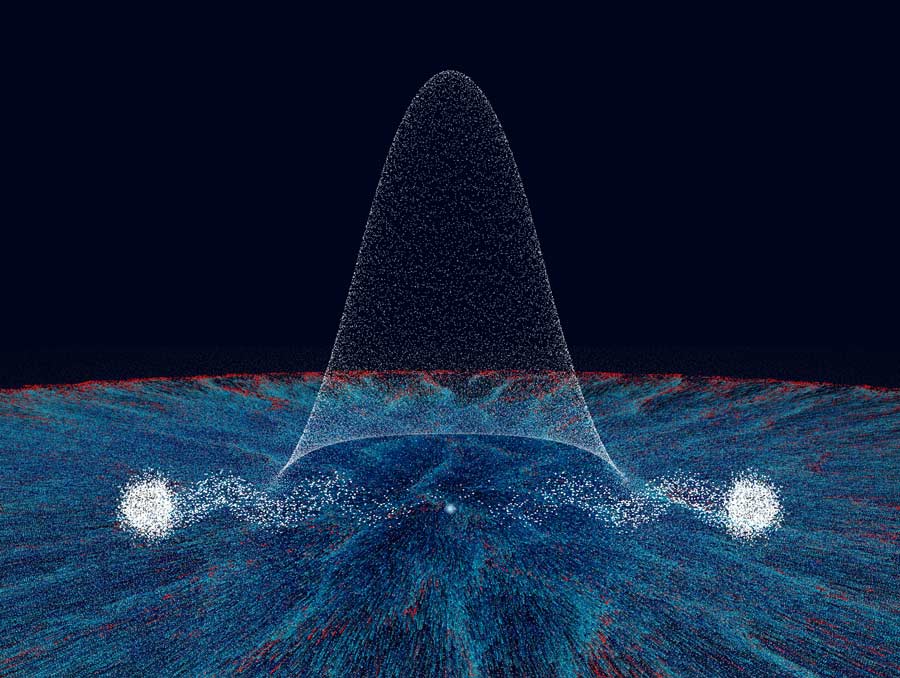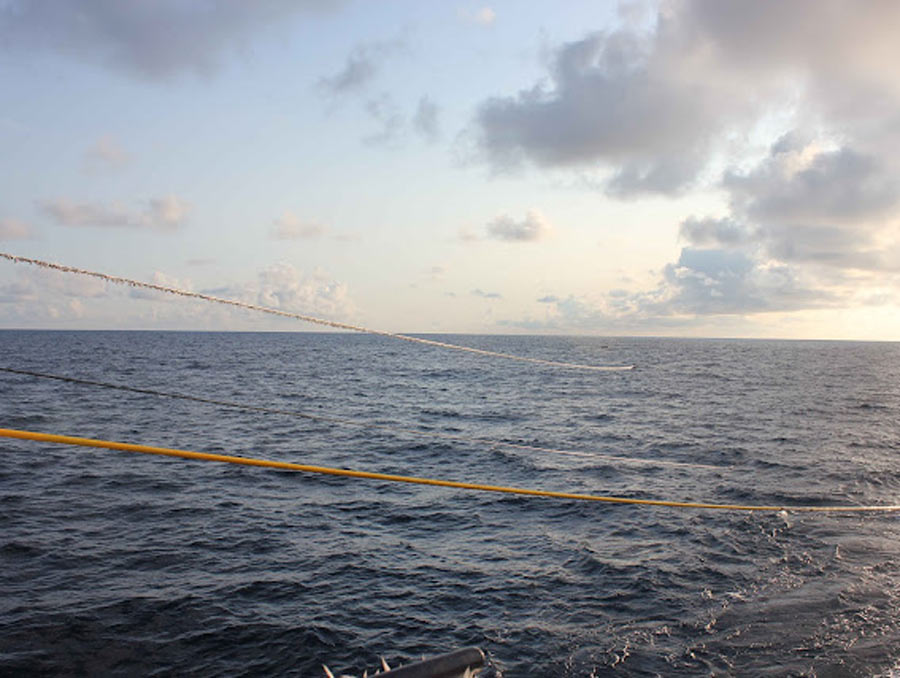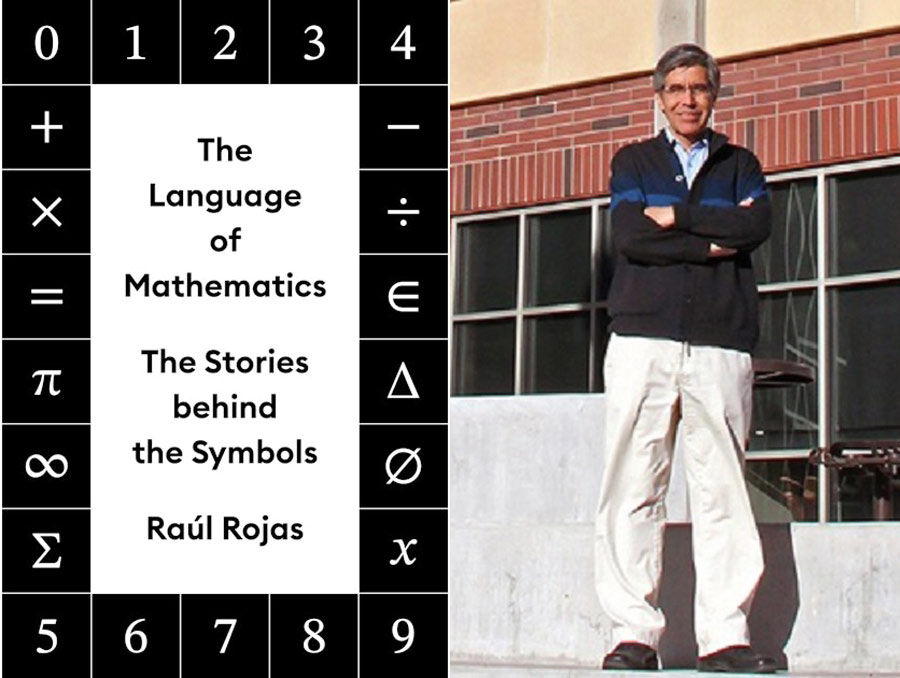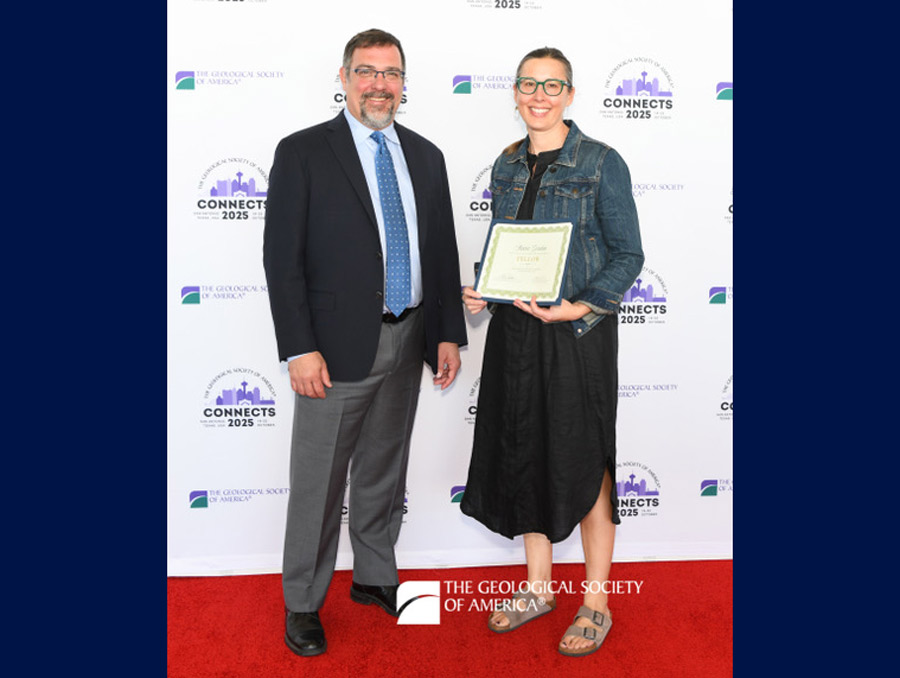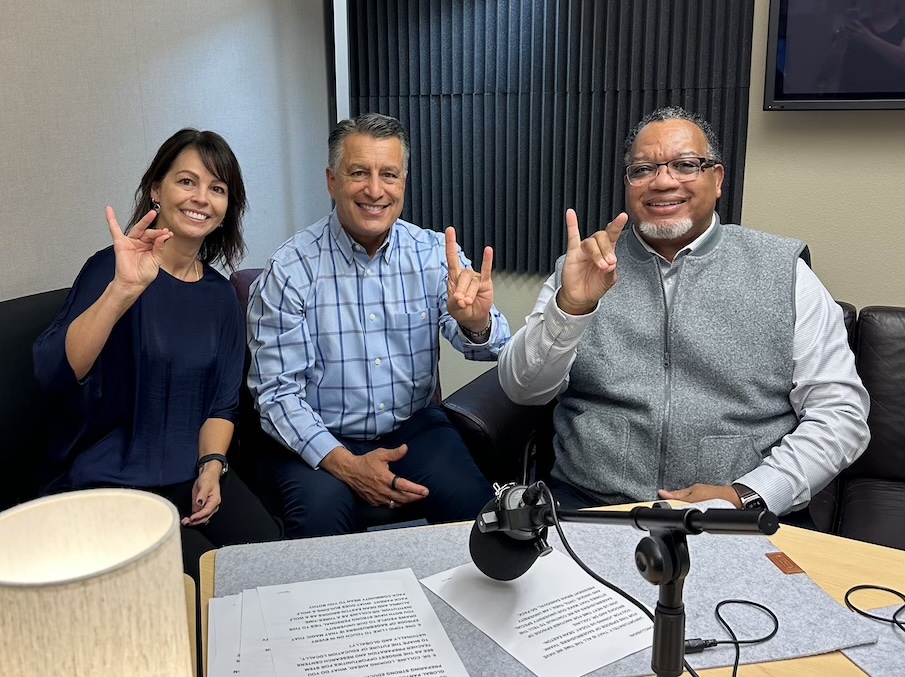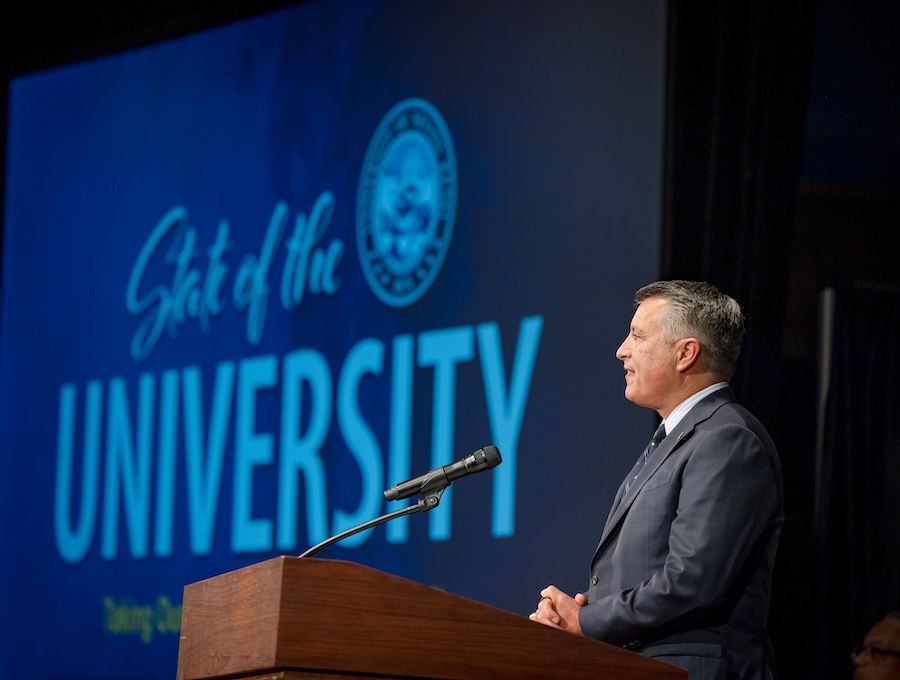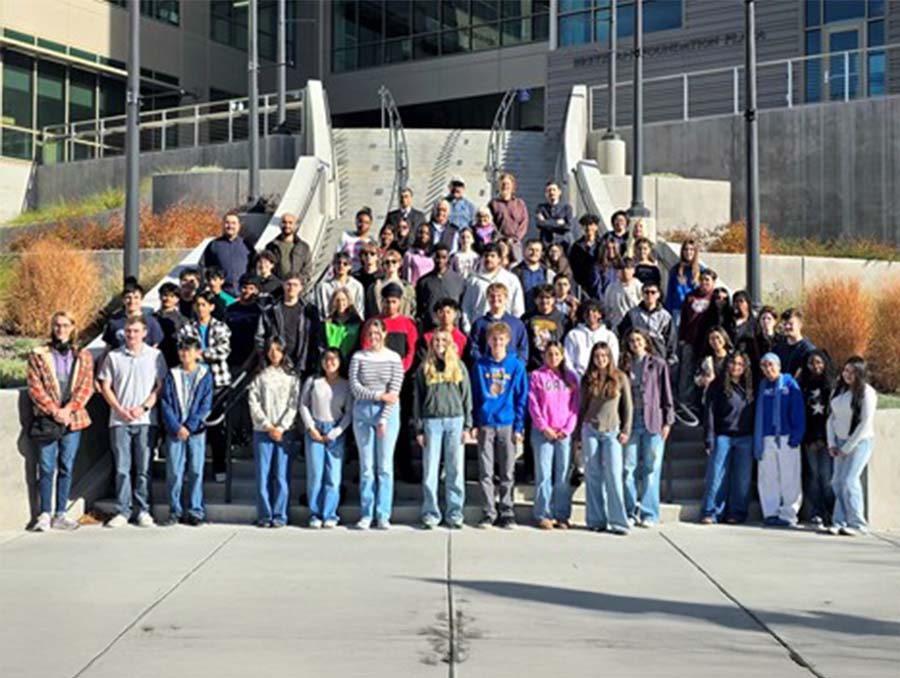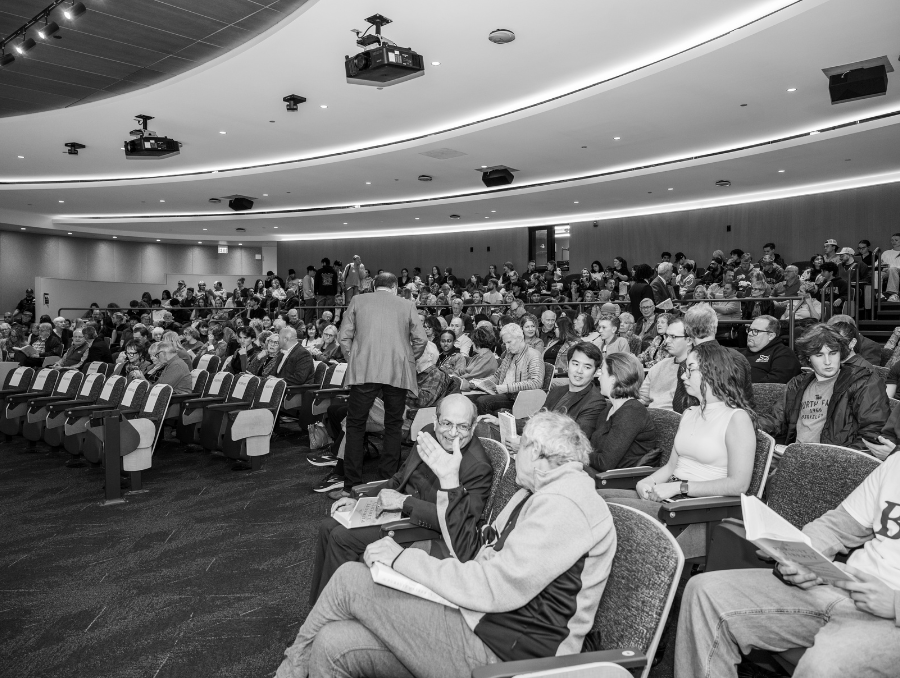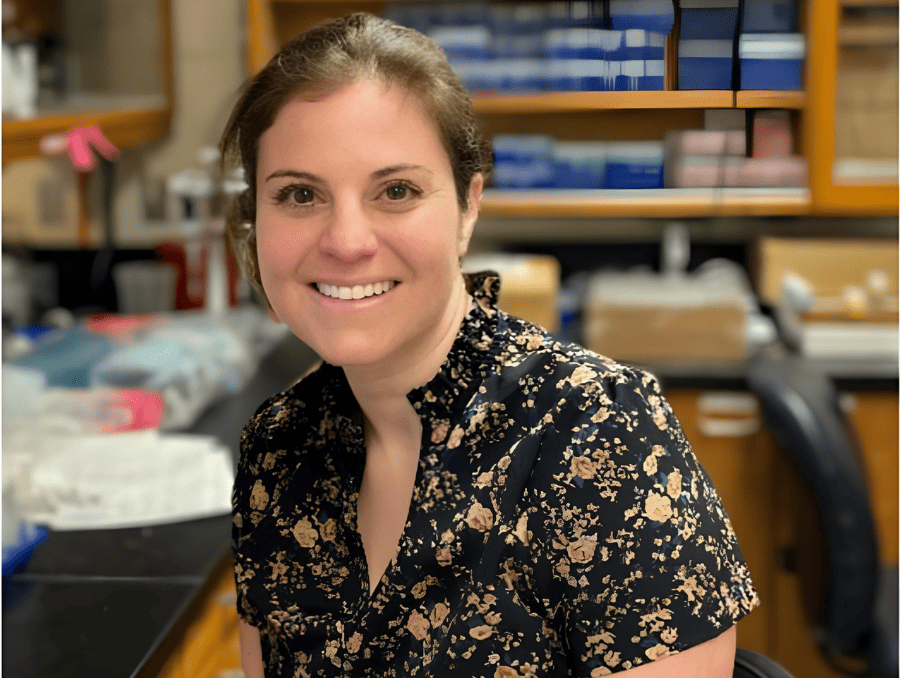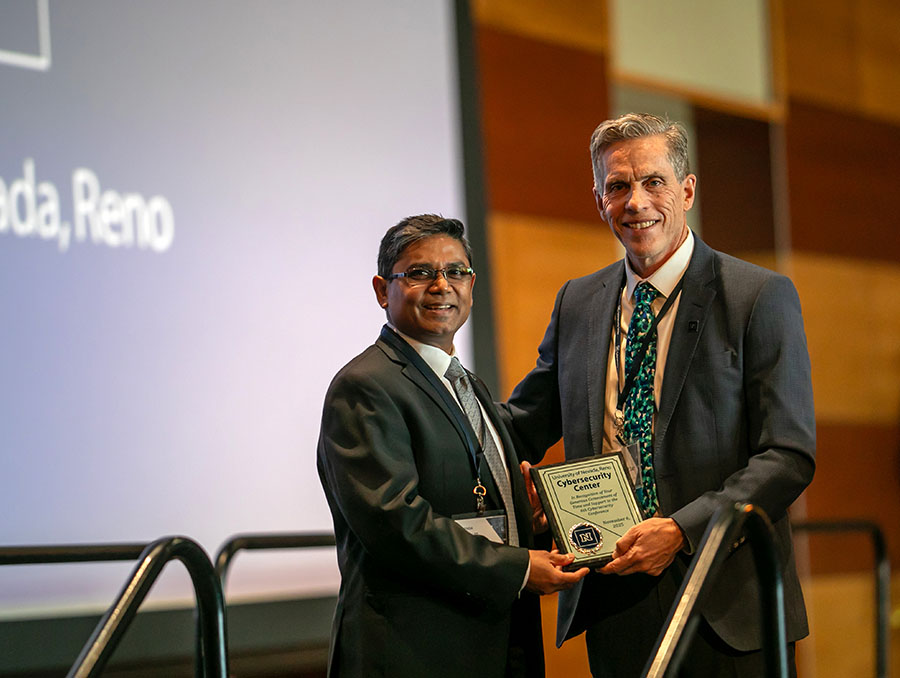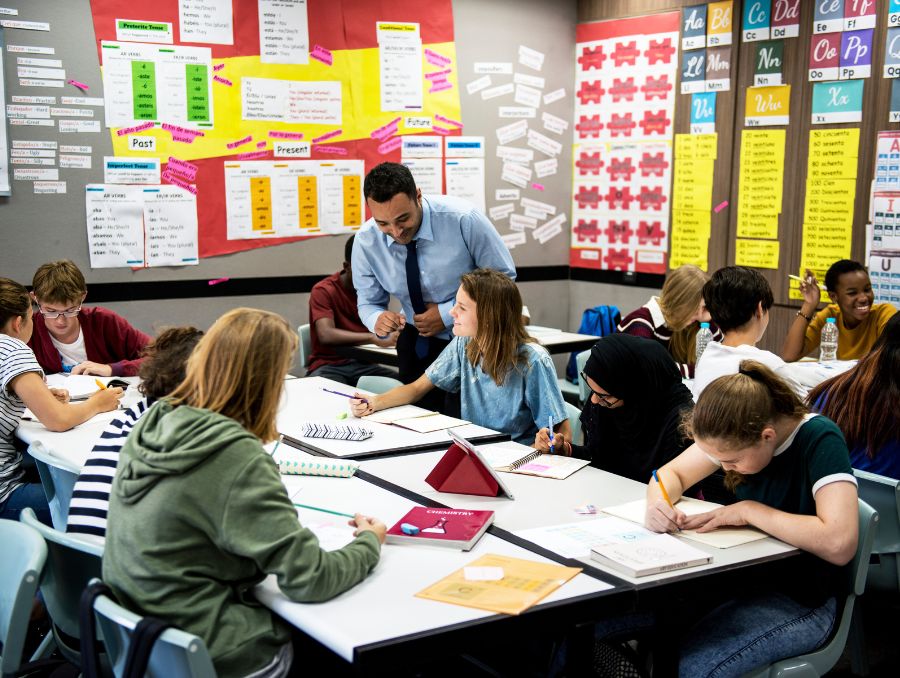A physics professor at the University of Nevada, Reno and his colleagues have identified quantum geometry as an opportunity to increase the superconducting temperature of two-dimensional superconductors.
Yafis Barlas is an assistant professor in the Department of Physics and recently published an article in the Proceedings of the National Academy of Sciences about a mechanism to increase temperatures at which superconductors can function. Barlas published the article with his former postdoctoral fellow Guodong Jiang and Päivi Törmä at Aalto University School of Science in Finland.
When electricity travels along power lines, there is a loss of some of that energy as heat. This is a common occurrence in electronics. Superconductors are materials that can be made to conduct electricity with no loss of energy. Superconductors are already used in many ways, including medical imaging technology, but they need extremely low temperatures to work. The temperature at which superconductors stop working is known as the critical temperature. Scientists have long been searching for a superconductor that can operate at relatively warm critical temperatures.
Superconductivity occurs when electrons pair together. This can happen in many ways; one possibility is that the superconductivity arises due to atomic vibrations in crystals. In metals, the electrons whiz around the lattice of atoms in a crystal at very high speeds due to their low mass. The positively charged atoms are influenced by the negative charge and move toward the electron. The atoms relax to their original position relatively slowly, due to their high mass, and another electron becomes attracted by the positively charged atoms in the other electron’s wake. The electrons become paired from a distance. Electrons typically repel each other due to their negative charges, but that repulsion happens instantaneously, while the attraction between paired electrons occurs over longer timescales.
When many electrons form these pairs, they move cooperatively. This cooperation, which can be measured by the superfluid density, allows electrical current to flow without any losses, and superconductivity is achieved, Barlas explained. But other effects also come into play, like magnetic fields.
“When you have a superconductor, and you apply a magnetic field, the magnetic field destroys the superconductivity,” Barlas said.
Magnetic fields, at a certain threshold, cause the metal to return to its normal state. However, below that threshold, magnetic fields can exist locally within the superconductor, creating normal regions. The paired electrons shield the superconductor from those normal regions, causing them to rotate in vortices. This shielding process only happens in Type II superconductors (all two-dimensional superconductors are Type II superconductors), which is Barlas’s area of interest. These vortices can also be created due to changes in temperature.
In a two-dimensional superconductor, two vortices, one moving clockwise and the other moving counterclockwise, become bound together and help maintain that superfluid density. When the superconductor gets too hot, the vortices become unbound, which leads to resistance, breaking superconductivity.
What Barlas and his team showed is that the temperature at which these vortices become unbound can be increased by taking advantage of quantum geometry.
Things that happen at subatomic levels happen within the quantum realm. Quantum geometry imparts a geometrical structure to phenomena in the quantum realm. The researchers found that the strict conditions for superconductivity can be relaxed when electrons pair under the influence of specific quantum geometries in conditions where the electron’s quantum geometric properties are concentrated. Temperatures can be increased, and so can currents and magnetic fields, without losing superconductivity, under these conditions.
“People have only recently started to realize the influence of quantum geometry,” Barlas said. “We can use this quantum geometry to increase the energy cost for these vortices. And when the energy cost for bound vertices increases, you increase critical temperature.”
Barlas hopes to continue this work by identifying materials that exhibit these quantum geometrical properties, enabling discovery of new superconducting states that leverage quantum geometry.
